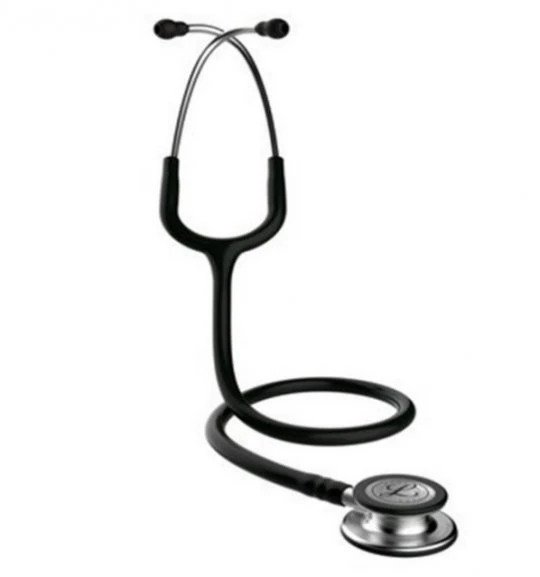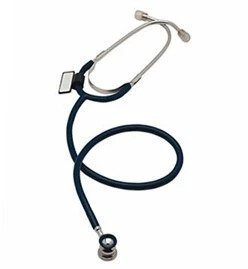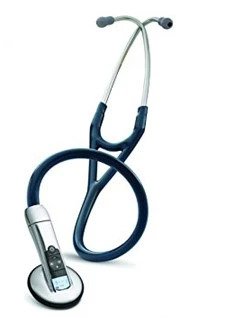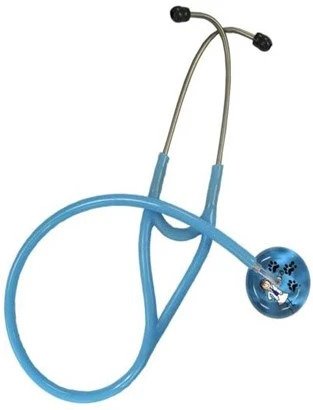An electronic stethoscope solves this problem by electronically amplifying the sound obtained from the chest piece and converting it to electronic waves transmitted through specially designed circuitry.
-The sounds are then processed for better listening. it is easier to detect difficult-to-hear heart sounds like S3 gallops and aortic regurgitation murmurs, as well as abnormal lung sounds.
-Ambient Noise Reduction Technology: it cancels out, on average, 85% of ambient background noise that can interfere with the auscultation experience, without eliminating critical body sounds.
-Acoustic Seal Eartips and Tubing: they create an excellent acoustic seal. It means a tighter seal from ambient noise entering through tubing and eartip connections.
-State-of-the-Art Sound Sensor: positioned at the base of the tubing, the sensor brings the sound more naturally to your ears.









